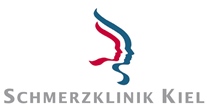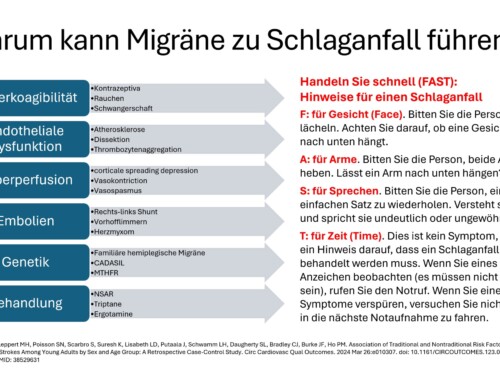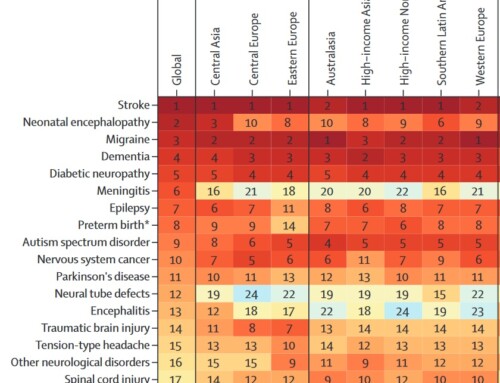On April 27, 2022, the European Commission (EC) granted marketing authorization for Vydura® (rimegepant), a calcitonin gene-related peptide (CGRP) receptor antagonist, for both the acute treatment of migraine with or without aura for the prophylaxis of episodic migraine in adults with at least four migraine attacks per month. Rimegepant, an oral orodispersible tablet, is the first drug approved in the European Union (EU) for both the acute and prophylactic treatment of migraine. Migraine is a leading cause of disability worldwide, and in Europe alone, around one in ten people suffer from the disease. Globally, women are three to four times more likely to suffer from migraines than men.
The comprehensive clinical trial program has demonstrated the effectiveness and safety of Vydura in both the acute and preventative treatment of migraine. Acute migraine studies showed rapid and long-lasting relief from migraine headaches and other symptoms with a single dose, while the prevention study showed a significant reduction in migraine attacks when taken every other day.
Results from the phase 3 trial published in Lancet showed that a single dose of rimegepant provided better reductions in pain and associated symptoms of migraine after two hours compared to placebo. The prevention study, also published in the Lancet, showed that rimegepant taken every other day produced a superior reduction in the number of migraine days per month in weeks 9 to 12 of the 12-week treatment period compared to placebo with continued use maintained during the 12 month open extension period.
“The approval shows further great progress in the acute treatment and prevention of migraines in recent years. The effectiveness data and the favorable benefit-risk profile give hope that the specialized care of those affected who have not previously been able to receive sufficient help will be further improved,” commented Prof. Dr. Hartmut Göbel, specialist in neurology at the Kiel Pain Clinic.
The marketing authorization follows the approval recommendation of the Committee for Medicinal Products for Human Use (CHMP) of the European Medicines Agency (EMA) from February 2022. The EC approval applies to all 27 EU member states as well as Iceland, Liechtenstein and Norway. The German reimbursement authorization is still being regulated.
Vydura (rimegepant) targets a key component of migraines by temporarily blocking CGRP receptors. CGRP is increased during a migraine attack, dilates blood vessels and is involved in signaling through pain receptors. CGRP receptor antagonists work by reversibly blocking the CGRP receptors and thereby inhibit the biological activity of the body's own nerve transmitter CGRP.
The marketing approval for Vydura was based, among other things, on the evaluation of the results of three phase 3 studies for acute treatment, a long-term safety study in the acute treatment of migraine and a phase 3 study with a one-year open-label extension for the preventive treatment of migraine. Vydura is taken orally as needed, up to once daily to stop migraine attacks or every other day to prevent migraine attacks.
The most common adverse reaction in clinical trials with Vydura was nausea, which occurred in 3% of patients compared to 1% with placebo, while hypersensitivity reactions including rash occurred in less than 1% of patients. Less than 2% of patients discontinued Vydura treatment due to adverse events. Vydura has no addictive potential and has not been associated with medication overuse headaches or rebound headaches in clinical trials, although overuse of any type of headache medication may make them worse.
Earlier this year, Pfizer and Biohaven entered into an agreement to commercialize Vydura. Under this agreement, Pfizer has the rights to commercialize rimegepant in markets outside the United States. Biohaven continues to be responsible for research and development worldwide and retains the US market.
More than a billion people worldwide suffer from migraines. Migraines are characterized by debilitating attacks lasting four to 72 hours with a variety of symptoms, including pulsating headaches of moderate to severe pain intensity, which may be accompanied by nausea or vomiting and/or sensitivity to sound (phonophobia) and sensitivity to light (photophobia). There is a significant unmet need for new treatments because a significant proportion of migraine sufferers are unable to work or function normally during an attack.









Finally, another great hope for migraine sufferers.
Will show this post to my neurologist and family doctor.
Thanks